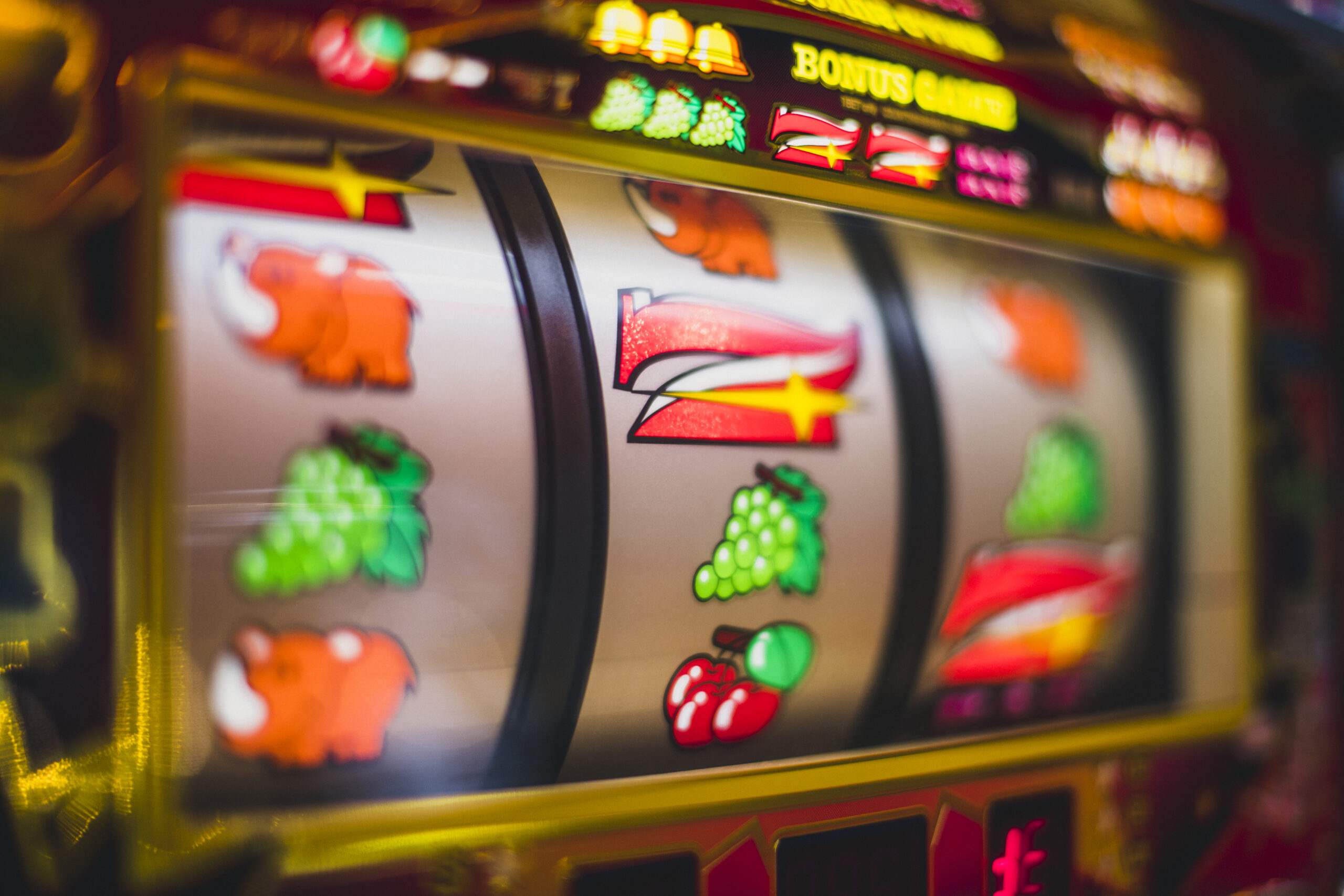Last Updated on 8th April 2022
According to the Children’s Commissioner, 93% of UK children regularly play video games. With constant competition from other games, social media, and streaming sites, the challenge to stay engaging is a daily one for any gaming platform. This has led to the rise of gambling in gaming – especially in games aimed at children and young people.
Our online safety experts have taken a wider look at the type of gambling mechanics and designs that are used in games to help parents, carers, teachers, and safeguarding professionals be more aware of the risks this might pose. Keep reading for important definitions, advice, and top tips you can take to protect the children and young people in your care.

What is gambling in gaming?
When we say gambling is ‘in’ the world of gaming, we’re not just talking about slot machines popping up within gameplay. Instead, we are referencing the larger issue of the mechanics of gambling being integrated into gaming framework. Things like ‘play to win’ motivation, high stakes situations, attention-grabbing designs, and ‘house verses player’ systems have become a regular part of modern videogames and gaming apps, to the extent that many gamers don’t recognise them as a form of gambling. There has also been a rise in the monetisation of games, which sees players pay real money for in-game items.

Success for games and apps involves as many players as possible spending time and money on their platform. This becomes especially concerning when it comes to children and young people, who are still developing financial literacy and critical thinking skills. In fact, some professionals are concerned the convergence of gambling and gaming will influence a transition from playing games to real-money gambling in children and young people.
Gambling Mechanisms
More regular, routine engagement implies more regular, routine spending will follow. This appears to be the case, with evidence showing that nearly half of young people who play video games have purchased an in-game item. Gaming companies have been using gambling mechanisms into their games for years now. Here are some of the most common ones:

Persuasive Design
There are other design elements that play a part in encouraging player engagement, especially younger players who may not have a large attention span or patience level. By utilising persuasive design (a practice which tries to influence consumer behaviour through a platform’s characteristics or functions) players are more likely to be convinced to switch on again. Here are some of the most common gaming design ‘hooks’:

Areas of Concern
Potential Risks
Resources
Useful Contacts
Join our Online Safeguarding Hub Newsletter Network
Members of our network receive weekly updates on the trends, risks and threats to children and young people online.














